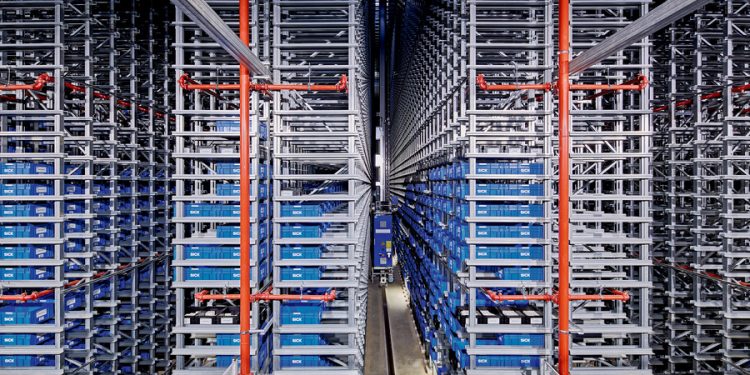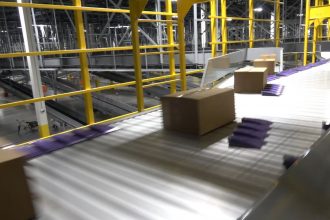The Digitization of Intralogistics: Storage

As more of the supply chain adopts the technology that allows for the digitization of intralogistics, more areas of the warehouse are benefiting from the concept. Essentially, by adopting varying forms of technology within logistics, operations become increasingly more efficient and productive.
In material handling, the digitization of intralogistics applies to multiple aspects of operations. By adding sensors and methods of capturing the data they transmit, warehouses can now track the movement of materials from receiving through shipping. Beyond the actual materials, the data capture also allows facilities to understand how various pieces of associated equipment are functioning.
Regarding the equipment involved in storage, digitization permits both materials tracking and equipment monitoring. This starts as employees in receiving begin unloading trucks and entering the materials and equipment into your system. From there, the digitization tools kick in and provide the necessary information to streamline the storage processes.
For example, if you have items staged on a pallet ready for transport into storage, the sensors can capture the details needed on both the materials and the pallet itself. If the dimensions don’t look like they will fit in the designated storage racks where the pallet will be placed, you’ll know that ahead of time. This allows for adjustments, either to the materials on the pallet, or a swapping out of the pallet itself, all before the pallet reaches the rack. This saves time and increases productivity.
You can also receive information about totes, bins, or whatever means of transporting items you’re using. Are they damaged? What are the correct dimensions for the racks? All of this is valuable information to prevent hiccups in the storage process.
As storage solutions – such as automated storage and retrieval systems (ASRS) – become more high-tech, this information becomes even more essential. The sensors capture the details of whatever products and storage units are headed to the ASRS, and the control system feeds that information to the warehouse management system (WMS). This allows you to make informed decisions. Algorithms are set up to help you determine what, if any, actions you should take to change your planned course.
Digitization will exponentially optimize throughput, improve efficiencies, and improve your storage operations. You’ll get data to help you predict when equipment failures might happen or when maintenance might be needed. Put together, the ROI for investing in these types of technologies can be captured relatively quickly.
The data can also help detect unsafe situations or processes that are slowing down and might lead to employee risk. This is another often overlooked benefit of digitizing your operations.
While the payoff is great, it’s essential to recognize that any data capture can lead to data leaks. Ensure your IT department has taken the steps necessary to safeguard the information shared between devices, software, and equipment.
For more information about the Solutions Community: https://www.mhi.org/solutions-community
For further articles from the Solutions Community:
Supply Chain Lessons Learned During The Pandemic
3 Ways Digital Tools Improve Warehouse Labor Productivity
Logistics And The Importance Of Digital Inventory



